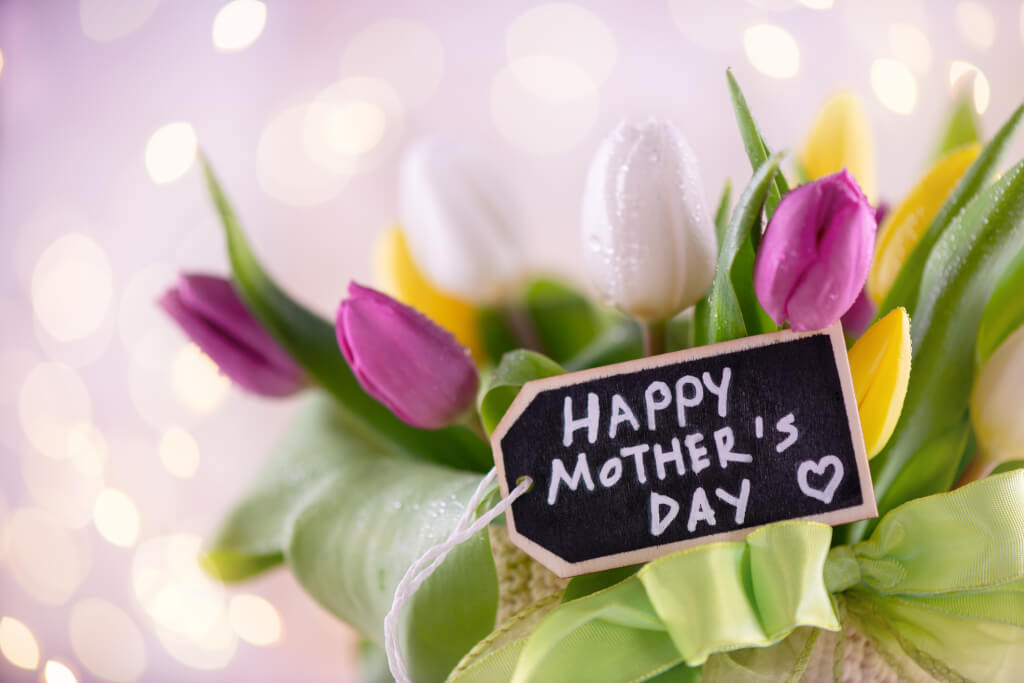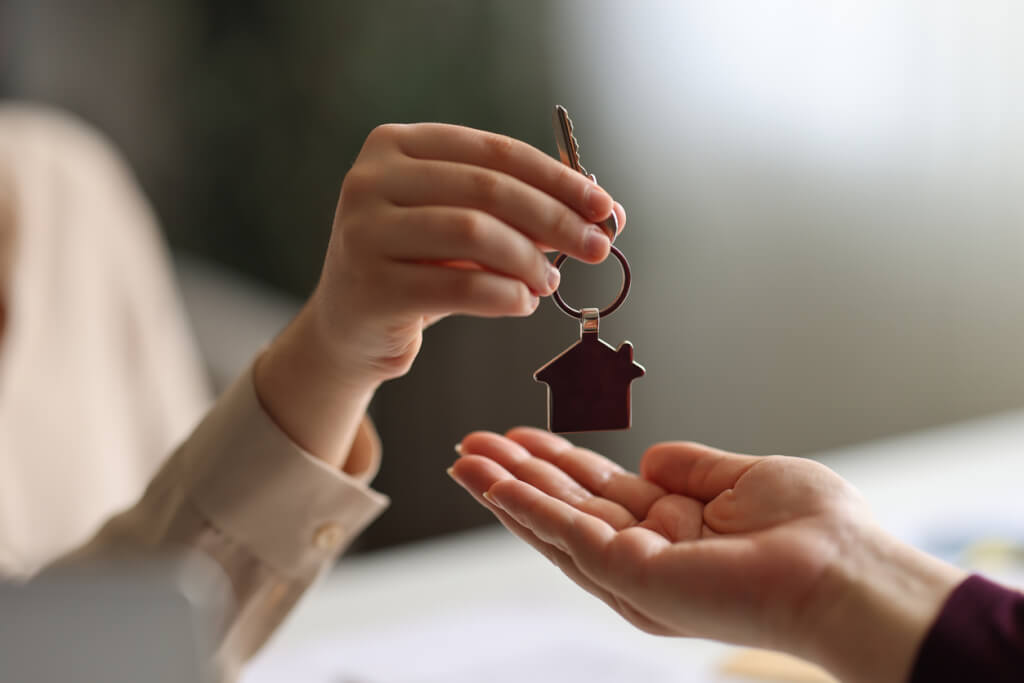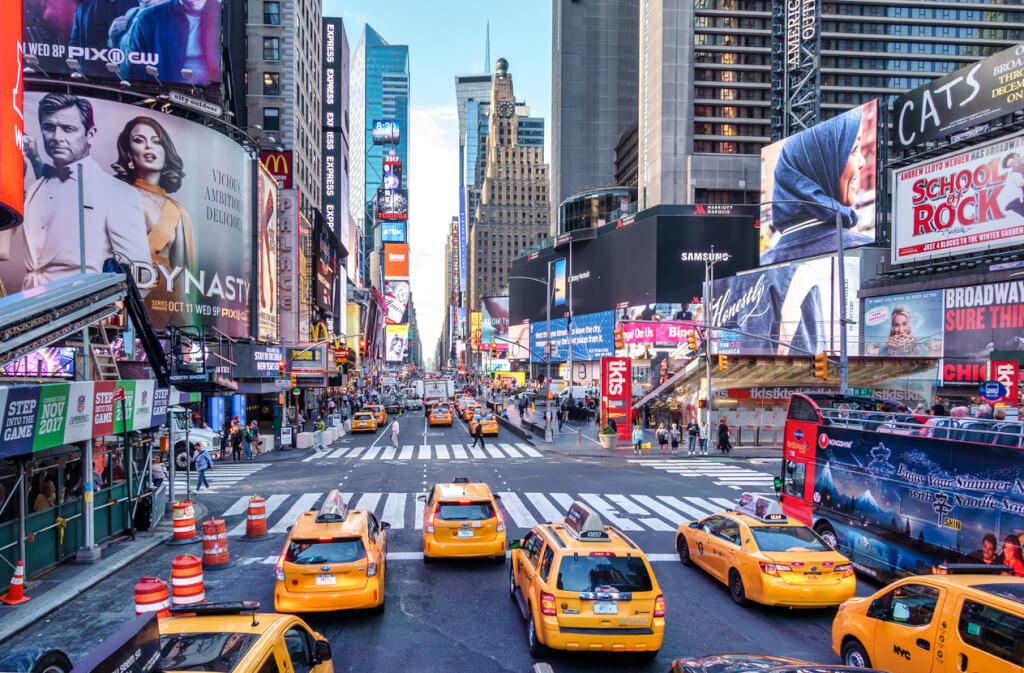2022 children were injured in New York shootings in 149, the highest number in 5 years
'28.12.2022'
Olga Derkach
This year, as of December 18, there were 149 shooting victims under the age of 18, according to the Police Department. This is markedly higher than in 2021, when 138 children were injured or killed. In 2017, when gun violence reached an all-time low, just 75 shooting victims were children. What is happening and how the families of the victims are coping with it told the publication The New York Times.
The number of people under the age of 18 accused of shooting is also on the rise, with 105 cases reported at the end of September, compared to 102 cases in all of 2021, according to the latest figures provided by the Police Department.
“The rise in youth crime is incredibly tragic and frightening,” said Michael-Sean Spence, senior director of community safety initiatives at Everytown for Gun Safety. “The increase was the highest in five years.”
Experts cite several reasons: the pandemic has shaken school and home life; arms proliferation; and the economic devastation of low-income communities over the past three years. Meager resources for academic support of after-school programs and mental health services have left children wandering aimlessly, which has drawn them into cycles of violence.
In 2020, gun deaths were the leading cause of death for young people aged 1 to 19 in the United States, overtaking car accidents. The rate at which gun deaths among children and adolescents increased between 2019 and 2020 was more than double that of the general population.
Black children were disproportionately affected. Between 2018 and 2021, gun deaths doubled among black youth and rose by 50 percent among Hispanic youth, according to the Kaiser Family Foundation. Boys died four times more often than girls.
In New York communities hardest hit by the violence, memorials with candles, balloons and handwritten notes underneath smiling photos of the victims have become commonplace.
This year, about one in ten New Yorkers who were hit by a bullet was a child. At least 16 people have died, according to the Police Department.
Stories begin to echo as the number of murders rises.
On the subject: Now those who want to buy weapons in New York will be checked social networks
Shayma Roman was among nearly 150 teenage victims of this year's shooting.
The sisters' laughter once filled the bedroom as they jumped and danced to 1990s R&B. Shayma and Tayma Roman were known in the neighborhood as twins, despite the fact that they were about two years apart: one was rarely seen without the other nearby.
But their room was quiet in early October.
Shima, a 17-year-old cheerleader, basketball player and fashion lover, was in front of her grandmother's apartment in Crown Heights, Brooklyn, with her 19-year-old sister, Tima, when gunmen opened fire on September 28, injuring her. Shayma, who relatives said was held by Taima in her arms as she bled to death, died at a Brookdale hospital.
Tayma did not come to the memorial service a few days later. According to the family, it was too difficult for her to return home. Instead, she wandered around the neighborhoods.
“They lived in the same room all their lives,” said Shakim-Unique Correnti, their older brother. “They were together 24/7.”
Days before Shima's murder, 17-year-old Jordani Aracena was fatally shot in front of his home in the Bronx's Mott Haven neighborhood. A 17-year-old boy was charged with murder.
Also in Mott Haven: 16-year-old Angelly Yambo was shot dead in April by a stray bullet while walking home from school. Another 17-year-old boy was charged with murder.
Prince Shabazz and Jacob Borbin of the Bronx and Justin Streeter of Harlem were also killed that year. All were 14.
"I've seen so many young people just destroyed," said Oreza Napper-Williams, founder of Brooklyn-based nonprofit Not Another Child. Napper-Williams founded the organization in 2006 after her 21-year-old son Andrell Daron Napper was killed by a stray bullet fired by a 15-year-old.
“Hearing gunshots and still getting up the next day and going to school and walking on the blood of someone who may have been killed the night before is very hard mentally,” she said.
At the end of November, sitting in the house where Shayma lived, her aunt Shanikka Harrison talked about how their life had changed.
Harrison, a Long Island mother of eight, has taken on a variety of roles since her niece's murder: press secretary, resource navigator, and chauffeur. She took her sister, Shaima's mother, to appointments, including the funeral home.
Shaima's funeral in October was filled with mourners. Things have calmed down two months later, but the family's concern for siblings, cousins and friends left behind is growing, Harrison said.
“They have changed forever,” she said.
Shima's sister returned to the bedroom about two weeks before Thanksgiving, after it had been refurbished and a small monument erected. However, according to her aunt, Tayma became a recluse. Her brother and cousins became afraid to walk the streets where they had grown up.
When she was murdered, Shima was only a few days away from her 18th birthday and a few months away from her high school graduation. According to her family, she transferred to the Brooklyn Academy for Democracy in Brownsville, an alternative to students struggling in traditional schools, and focused on college.
Many friends had to be persuaded to return to school or resume work, Harrison said.
Students who are constantly exposed to violent crime in their neighborhood score lower on tests than their peers, especially in reading, according to a New York City student study published last year. Researchers have found that the more often children are abused, the more they fall behind.
Overall crime in the city has dropped dramatically since the 1980s and 1990s, and shootings and homicides are down this year compared to last year, with about 17% fewer people injured and about 13% fewer homicides.
New York City and State announced millions of dollars in anti-violence programs. Last December alone, the city received a $20,5 million grant from the federal government to invest in violence prevention, especially among youth.
New York City Mayor Eric Adams has expanded the Summer Jobs program as well as the Saturday Night Lights program, which offers activities for kids aged 11 to 18.
This spring, the mayor created the Gun Violence Prevention Task Force, which he says will "address the root causes of gun violence and prevent shootings before they happen."
According to John Allon, a spokesman for New York City Hall, the task force met in succession.
“This year, the number of shootings throughout the city has decreased, and we have removed nearly 7000 illegal weapons from the streets,” Allon said.
Residents do what they can. In Brooklyn, leaders of the Shaimy neighborhood staged a picket. Students from her school launched balloons. Another high school in Crown Heights, Explore Empower, went on strike to draw attention to gun violence and pay tribute to its victims, including Shima.
The children and adults who attended the events, many of whom had lost loved ones to firearms, expressed dissatisfaction with the violence. They were not experts or politicians, but they had a sense of determination that if enough votes called for a decision, the murder rate could decrease.
“New members keep joining these events, and it’s heartbreaking,” Harrison said.
On Monday in mid-November, Harrison appeared at a community council meeting in the 77th district where Shima was killed. She wrote several drafts of a message that she wanted residents, community leaders and police to hear.
“My family and I will go through the toughest battle we have yet to face,” she wrote. “We can do this in part knowing that our community is working hard to empower our children with new and improved programs and resources. Ensuring a safer and more productive future.”
But when Harrison got up to read the message, her tongue failed her. She couldn't speak.
“I couldn’t get it out at all,” she later said. “I couldn’t even pronounce my name.”
She burst into tears, and the organizer read her speech.








